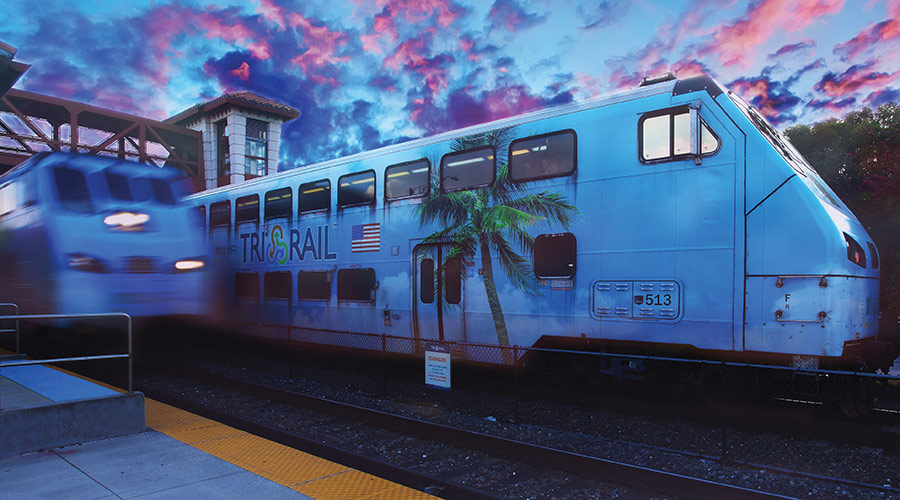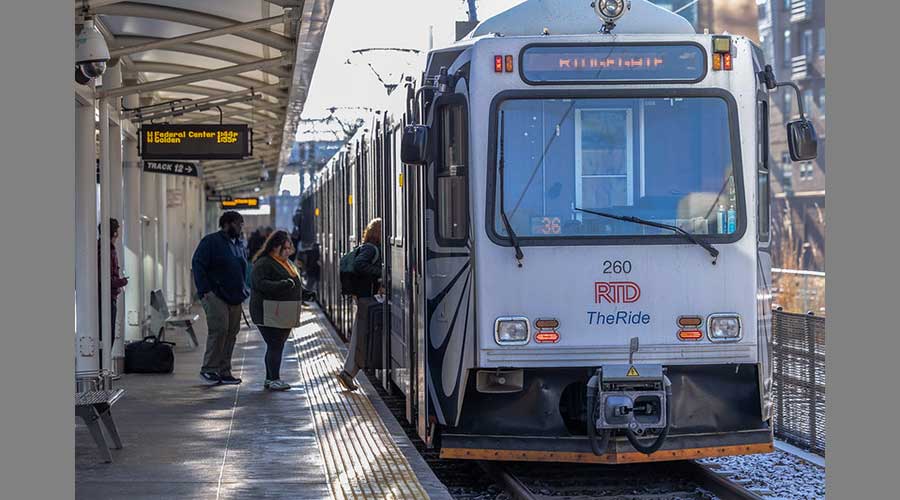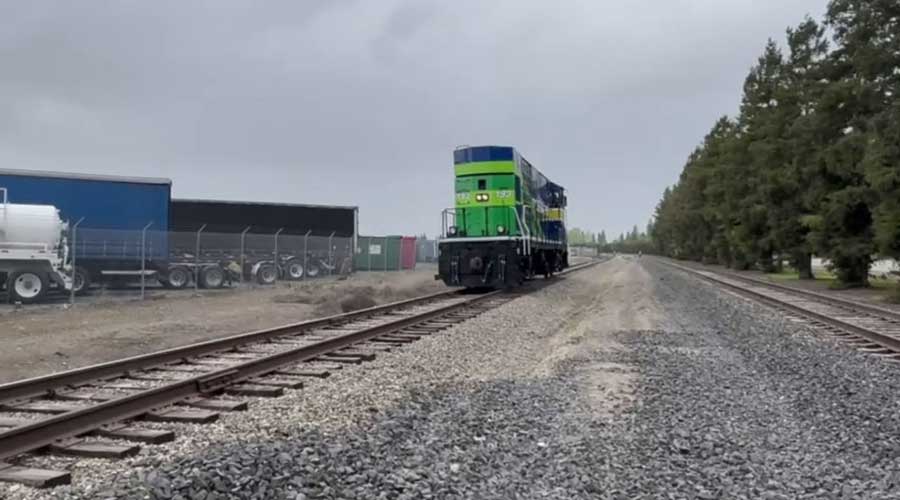Stay updated on news, articles and information for the rail industry
9/25/2013
Rail News: Maintenance Of Way
Washington state port onto second phase of rail entrance project
Construction recently began on a piling-supported, watertight trench designed to support a new grade-separated rail entrance into the Port of Vancouver USA in Vancouver, Wash.
The trench is the second phase of the entrance, which is considered the crown jewel of the West Vancouver Freight Access (WVFA) project and one of the most innovative projects in the port's 100-year-history, port officials said in a press release. To be built in four phases, the $38 million entrance will eliminate a chokepoint in the regional rail system and reduce congestion by as much as 40 percent after it's completed in 2015, they said.
Because trains entering the port currently must cross several mainlines, regional train movements often delay port-bound traffic. The new entrance will enable trains to bypass the mainlines by traveling under the historic BNSF Railway Co. bridge that crosses the Columbia River between Portland, Ore., and Vancouver, Wash., port officials said.
"The new entrance is a game changer. Cargoes such as wheat, steel pipe, wood pulp and automobiles will move into and out of the port more efficiently," said Todd Coleman, the port's chief executive officer.
The project's first phase, which involved the installation of 275 support pilings, was completed in March 2012. Two additional phases calling for demolishing several structures and connecting the new entrance to the rest of the port's internal rail system will proceed later.
Funding for the rail entrance includes a $2.94 million grant from the Washington State Freight Mobility Strategic Investment Board and a $15 million grant from the Federal Railroad Administration's High Speed Intercity Passenger Rail Program.
Funding for the $275 million WVFA project involves a combination of public and private dollars. So far, the port has secured $47 million in grants from state and federal sources, and more than $46 million from private-sector constituents, including port tenants and BNSF. Divided into 21 projects, the WVFA project is slated for completion by 2017.


 2025 MOW Spending Report: Passenger-rail programs
2025 MOW Spending Report: Passenger-rail programs
 Gardner steps down as Amtrak CEO
Gardner steps down as Amtrak CEO
 Guest comment: Oliver Wyman’s David Hunt
Guest comment: Oliver Wyman’s David Hunt
 Women of Influence in Rail eBook
Women of Influence in Rail eBook
 railPrime
railPrime








